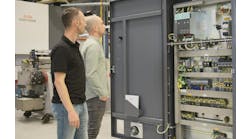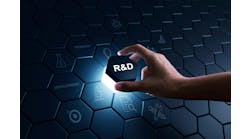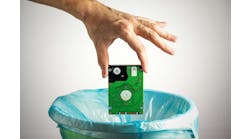A Control Design reader asks: We recently helped a manufacturer set up a digital twin after the commissioning process on a new line in order for them to continually improve production. I clearly see the value of digital twin’s use of real-time data for our end users to improve operations. But what could be gained from the use of digital twins for system integrators during the design process or during commissioning to validate our designs and tweak layouts? Can digital twins be used to validate machine code or tune control parameters ahead of commissioning? Can or should one digital twin follow the lifecycle of the project from us to end user? Or do we need one digital twin for planning and design and a separate one for operations? We also became overwhelmed by the different formats for digital twins. How do we decide if we need a fully visualized platform or something simpler?
Answer
The digital twin’s physical counterpart
During a project’s design and commissioning, a digital twin is a highly valuable tool for an integrator. A digital twin begins as a simulation that is continually updated and tuned with real-world data. It can be used for design validation, allowing engineers to discover and remediate design errors at the earliest stages of development. Discovering these errors and oversights early in the process catches them at a time when they are most easily remedied. As a result, potentially costly re-designs and project delays that stem from finding problems later in the design phase are minimized or avoided outright.
An example application that benefits from virtual code commissioning involves running off a line for an automotive manufacturer. When doing so, the manufacturer often must provide prototype parts for the runoff. These parts are expensive to produce and are inevitably scrapped after the line is bought off. By virtually commissioning as much as possible ahead of time, the number of prototype parts required can be significantly reduced, often by a factor of 10, saving valuable time and resources.
I consider the lifecycle of a digital twin as follows:
- During the design process, a digital twin begins as a simulation using estimated parameters for real-world attributes—friction coefficients, accelerations, motor torques, computer processing delays.
- However, a true digital twin must behave the same way as its physical counterpart. Therefore, for a simulation to become a digital twin, real-world data originating from the physical system must be used to correct and improve the simulation and its associated parameters. This process is done until the simulation behaves in the exact same way as the physical system. At that point, it has become a digital twin.
- It is best to continue developing and refining the same digital twin model throughout the whole lifecycle of the system including design, commissioning, production and lifecycle management. In so doing, development efforts are not duplicated and the model can continue to be tuned as the real-world parameters change over time.
- Although there are many formats for digital twins, I recommend using a fully visualized platform. A visual depiction allows manufacturing engineers, industrial engineers and operations management to easily interpret the system’s state and motions, therefore providing the full benefit of the digital twin.
Sam Hoff, Patti Engineering / www.pattiengineering.com






